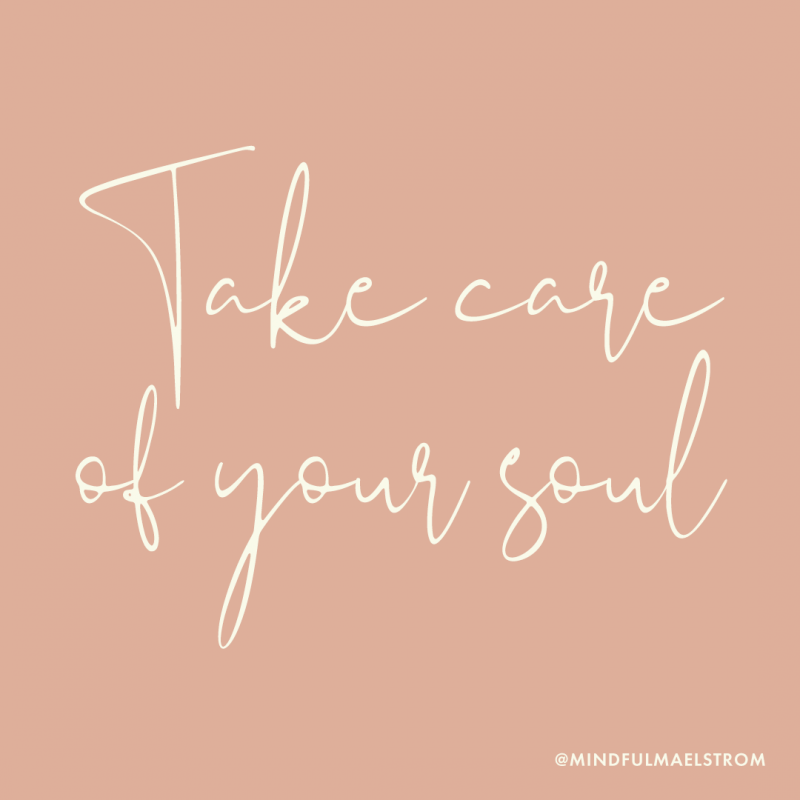As the weather continues to improve around us, the longer days, warm sunshine, and greenery in full bloom provide the perfect source of inspiration for us to focus on our own new beginnings.
As we put away our winter clothes, we can also see this as an opportunity to think about what other habits and beliefs we are ready to part with. This opens up space for us to establish fresh goals, explore new activities, or revisit old passions. The summer season often helps us face life’s happenings with a more positive attitude – something that may aid us in attending to our mental and physical wellness with greater compassion.

How do I recognize that it is time to invest more in my well-being?
When it comes to listening to our mind and body, we truly are the experts. Learning to tune into our physical, mental, emotional, and behavioural hints is a gradual but worthwhile process. You may begin to notice unusual sleep patterns, heightened startle responses, fatigue, and/or gastrointestinal issues. Emotionally, we may experience low self-esteem, a lost sense of purpose, an inability to concentrate, or difficulty managing emotional states. Further, any significant changes in one’s values, identity or worldviews, and/or losing trust in others could indicate impending overwhelm.
What is involved in making the change?
When seeking to make the changes we desire, it is important for us to identify where we find ourselves in the present moment. It might be that we are caught up in the contemplative or preparation stages – planning our improvements, engaging in self-reflection, and building self-awareness. We may need that extra push to jump into the action stage in order to achieve those long-lasting positive health behaviours.
This is why introducing self-compassion is key. The narrative that we’ve been telling ourselves for so long must be rewritten with self-confidence messages. It is helpful to monitor these changes through journaling or regular check-ins with the self during moments of distress, reframing them with messages of self-compassion. It may also involve self-soothing exercises such as breathing mindfully in order to facilitate a state of calm.

How do I maintain the change?
While self-care practices are often encouraged during times of distress, it is important to be preemptive in countering the development of burnout. By developing an internal awareness or attunement to the messages that you are reaching a stage of overwhelm, you can take the proper steps to maintain your wellness and balance.
Some examples of coping techniques include taking regular time to recharge, spending time with people who lift you up and give you energy, and doing activities that you enjoy and find restorative. It is important to acknowledge that the prevention of burnout is an active process requiring constant fine tuning to get it right for the individual’s needs. The more pre-emptive the approach, the less you will need to employ in-the-moment self-soothing or coping strategies. The successful implementation and maintenance of a self-care plan will require good, sturdy boundaries that allow for time scheduled specifically to take care of oneself.

Latest posts by Canadian Home Trends (see all)
- Dining Room Design Tips - July 15, 2025
- Practical Luxury in Forest Grove - July 15, 2025
- The Hidden Value of Great Design - July 15, 2025






